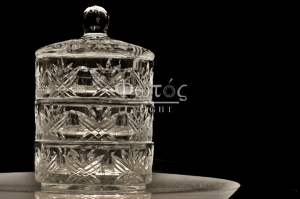I am just kidding about simplicity being made complicated.
My goal as a photographer is to capture images that make a clear statement. My integrity, character, skill, morality and intent respectively should not/cannot be with-held or disguised. This is not a case for a lack of discretion but rather the purpose of clarifying our visual communication.
Visual communication is vital to many areas of life, like business, self-preservation and interaction (both personal and professional). Communication by hand signs is called Sign-language. Sign-language combines motions or gestures that give intuitive and definitive meaning as well as a visual alphabet. These signs are simple and distinct from any other sign making its meaning clear.
This is purpose we want to have in photography, so several things should be brought to its least complicated form to communicate well.

First, what is my object or subject? What about my object or subject am I communicating? What draws out the subject? What clarifies my point of communication? What distracts from my subject? What obscures my point of communication? These questions seem tedious and a waste of time, however I can assure you that as soon as these questions become sub-conscious and your actions to correcting these issues are instinctive your image quality will rise with all haste.
The picture above of a glass trinket container is an example of keeping the setting simple. This image communicates the object is the glass container and that the design is important because of the glass clarity. The surrounding set-up is designed to support the showcasing of the glass container and its design. The lighting of the object is important or there would be no exposure to see the container or its design.
A simple surrounding, focus on the object, light the object well and if necessary add intriguing lines. Enjoy!